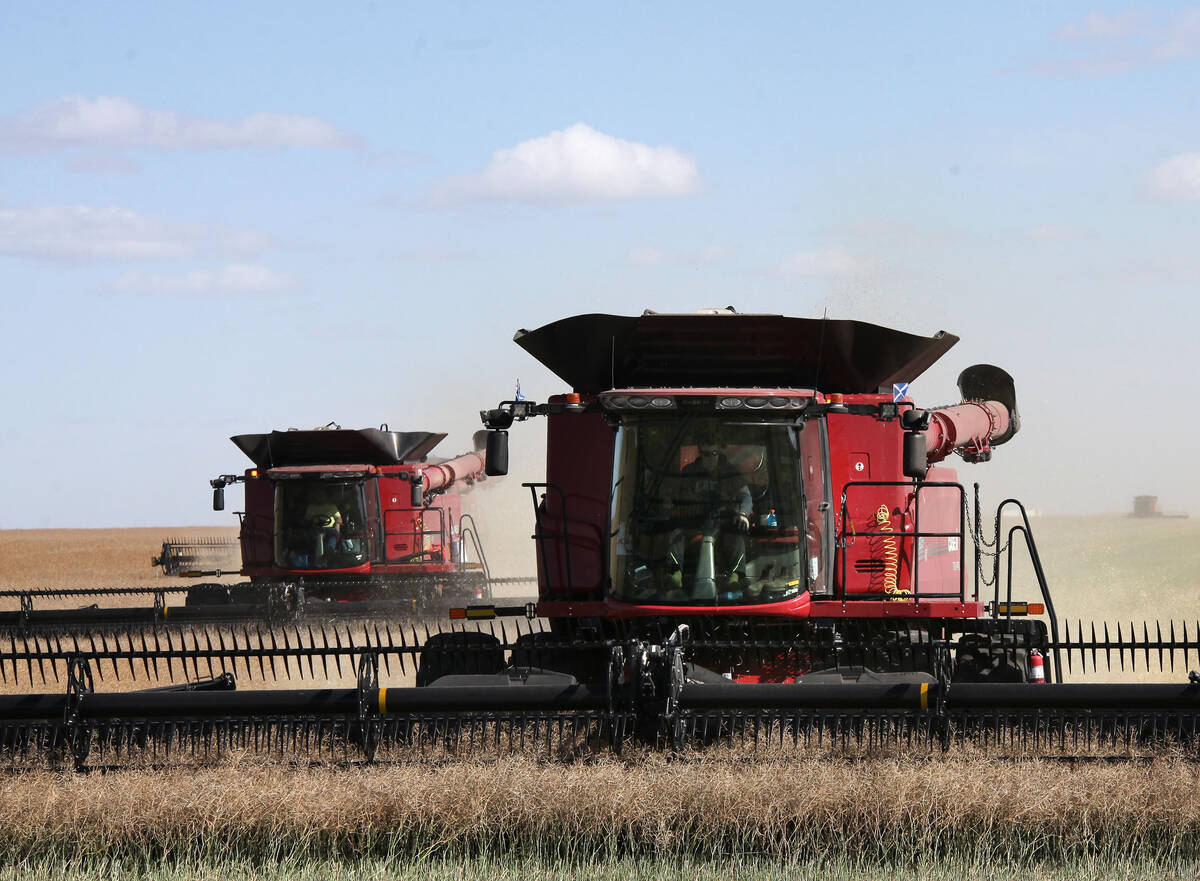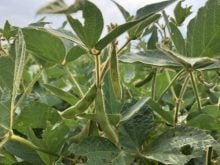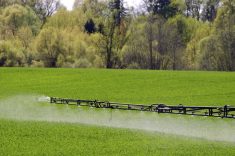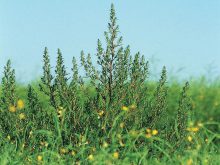Label directions and rules for foliar and on-seed use of imidacloprid pesticides should either prevent or limit the risks to honeybees and other pollinators from the chemical, Canadian and U.S. regulators say in a new early-stage risk assessment.
Health Canada’s Pest Management Regulatory Agency (PMRA) and the U.S. Environmental Protection Agency (EPA) on Wednesday released their preliminary assessments, both of which show some situations where imidacloprid — one of the neonicotinoid group of pesticides — poses risk to pollinators.
Imidacloprid is marketed in Canada in seed treatments — such as Bayer’s Admire, Gaucho and Stress Shield and Adama’s Alias and Sombrero — and in other insecticides such as Bayer’s Concept and Cheminova’s Grapple.
Read Also

Notable changes in exports to China, India
China and India figured prominently in the September export data issued by the Canadian Grain Commission on Nov. 7. For the most part, the CGC’s numbers highlighted issues with grain, oilseed and pulse exports from licensed facilities to those countries.
“No potential risk to bees was indicated for seed treatment use,” PMRA said in its preliminary assessment, which will be released in its full version with appendices on Jan. 18 for a 60-day public comment period.
Past that, “additional data is expected” this year on imidacloprid’s effects on pollinators, to be available well ahead of PMRA’s final pollinator risk assessment, due out sometime in December.
Residue levels in crop pollen and nectar from imidacloprid seed treatments are “typically below levels expected to pose a risk to bees at both the individual bee and colony levels,” the agency said.
Exposure via dust kicked up during planting of treated seed was also considered, the agency said, noting new risk-reduction rules were put in place in 2014 for planting of corn and soybean seed treated with neonics.
“Dust generation is related to multiple factors including the planting equipment and seed types, and at this time planting of other seed types in Canada is not associated with dust generation or harm to pollinators.”
For some soil treatments, meanwhile, PMRA said a “potential risk to bees was identified” with imidacloprid, noting higher application rates and timing closer to blooming “appears to result in higher residue levels.” Also, crops grown in coarser soils “tended to have higher residues than those grown in medium or fine soils.”
No potential risk from soil treatment was identified for crops such as melon, pumpkin and blueberry, and “minimal risk is expected for bee-attractive crops in other registered crop groups” such as legumes and herbs, PMRA said. Also, the products’ current label “adequately minimizes risk for use on turf.”
However, “potential risk was identified (in soil treatments) for tomato and strawberry with certain application rates and soil types.” Overall, PMRA said, field studies for soil treatment applications, expected to be done this year, “will help further inform the pollinator risk assessment.”
In foliar applications of imidacloprid, meanwhile, the potental risk “varies with application timing,” the agency said, noting current label restrictions help cut down that risk.
Specifically, PMRA said, foliar applications made during bloom “are expected to pose a risk to bees” but those products’ current labels “prohibit or reduce application during bloom for most bee-attractive crops.”
Residue information for pre-bloom applications was only available on crops not grown in Canada, PMRA said, but also noted pre-bloom applications are already prohibited for some uses, such as in orchard crops that are “highly attractive” to bees.
Post-bloom foliar applications to farm crops harvested at the end of the season “are not expected to pose a risk to bees, as pollen and nectar are no longer available for forage.”
Citrus, cotton
The U.S. EPA and California’s Department of Pesticide Regulation, in a joint preliminary study, found imidacloprid “potentially poses risk to hives when the pesticide comes in contact with certain crops that attract pollinators.”
EPA data show citrus and cotton “may have residues of the pesticide in pollen and nectar above the threshold level” of 25 parts per billion, above which effects on pollinator hives were likely to be seen.
Other crops such as corn and leafy vegetables “either do not produce nectar or have residues below the EPA-identified level,” the U.S. agency said.
Like PMRA, the EPA noted “additional data is being generated on these and other crops to help EPA evaluate whether imidacloprid poses a risk to hives.” The EPA’s assessment also now goes to a 60-day public comment period.
Both PMRA and the EPA plan to run similar risk assessments this year on the other neonicotinoids, clothianidin and thiamethoxam.
The two agencies’ preliminary risk assessments for those products are due out in December this year, with final risk assessments to follow in December 2017. (The EPA will also assess another neonicotinoid, dinotefuran, in the same time frame.)
The EPA last year proposed to prohibit use of the neonics, and other pesticides considered toxic to bees, when crops are in bloom and bees are under contract for pollination services. The EPA has also temporarily halted approvals for new outdoor neonic uses until its pollinator risk assessments are complete.
In Canada, where use of neonic seed treatments in corn and soybeans is now restricted in Ontario and new limits are planned in Quebec, imidacloprid has “very little reported use” on corn or soybean seed.
Value assessment
Use of the two other neonics, thiamethoxam and clothianidin, has been widespread on corn and soybean seed in Canada. In 2013, “virtually all” field corn planted in Canada had been treated with one of the two, and over half of Canada’s soybean seed that year was treated with thiamethoxam, PMRA said.
PMRA’s related preliminary value assessment for corn seed treatment, also released Wednesday, suggests a national economic benefit for the corn industry of about $74.2 to $83.3 million, or about 3.2 to 3.6 per cent of the national farm gate value for corn, in 2013.
Neonic seed treatments on soybeans yielded an estimated economic benefit of about 1.5 to 2.1 per cent of the crop’s national farm gate value for 2013, or about $37.3 million to $51 million, the agency said.
In both corn and soybeans, PMRA said, those economic benefits appeared to accrue mostly in Ontario and Manitoba. In Quebec, for both corn and soybeans, growers’ expenses on treated seeds were “estimated to exceed the yield returns.”
PMRA’s preliminary value assessment is also now up for a 60-day public comment period. The agency said it’s now “seeking additional information to finalize the value assessment for both the corn and soybean seed treatments’ uses.” — AGCanada.com Network














